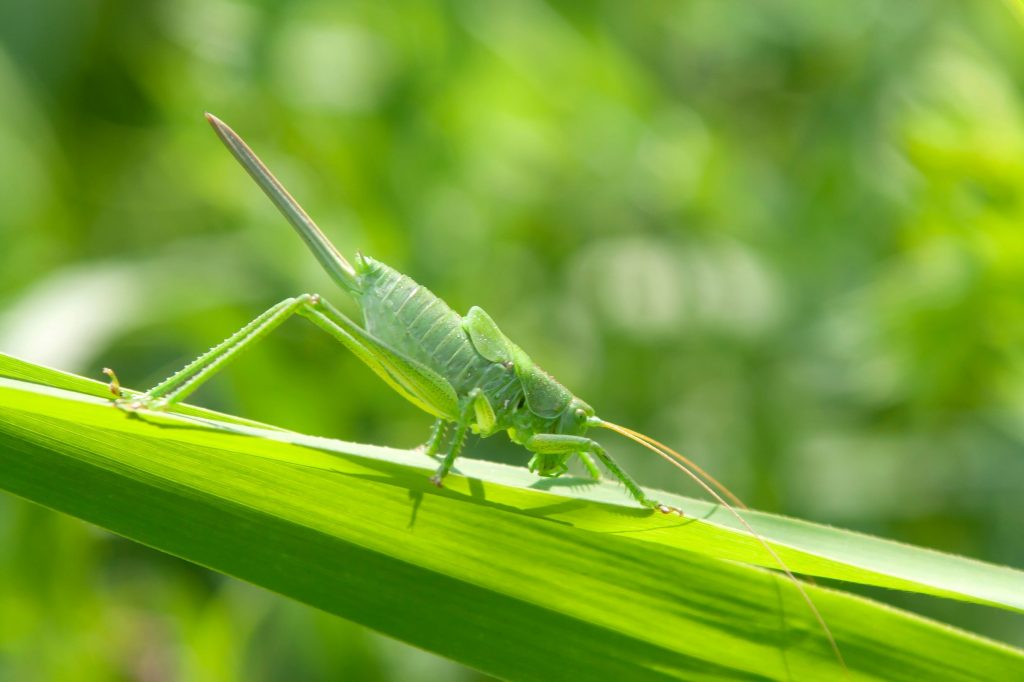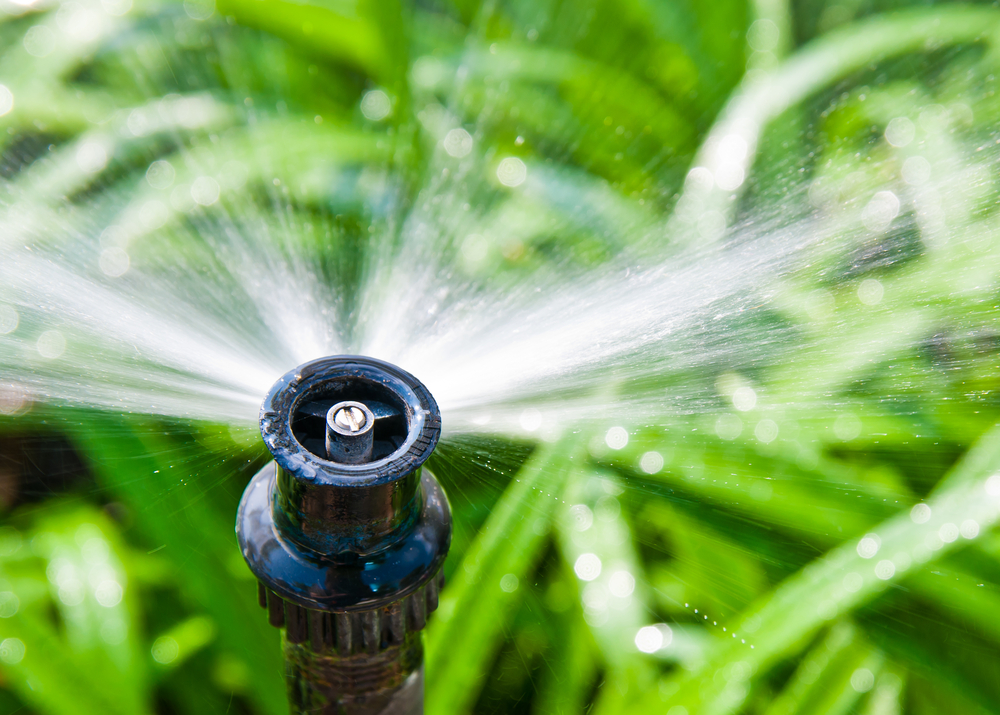What Are Parasitic Wasps & How Can They Help Your Lawn?
The name ‘Parasitic Wasps’ is unnecessarily terrifying, because the truth is that the presence of these bugs around your home might be both an indicator of an outbreak of ...

 The occasional Grasshopper or Locust won’t cause much damage to your lawn, it’s only when they descend on your garden in large numbers that you need to think about taking action.
The occasional Grasshopper or Locust won’t cause much damage to your lawn, it’s only when they descend on your garden in large numbers that you need to think about taking action.
Interestingly, not all Grasshoppers are green and, despite the name, not all of them eat grass.
There are more than 700 species of Grasshoppers and Locusts – they’re closely related – in Australia. Fortunately, only a few are considered pests.
The four most likely to cause trouble in the garden and on your lawn are:
Gardens and lawns are a magnet for hungry jumping insects, especially in the warmer months and during drought when their usual sources of food are in short supply.
Grasshoppers make a lot of noise, chatting away to each other by rubbing their back legs together or snapping their wings, so it’s not likely they’ll be able to sneak quietly into your yard.
They’re easily distinguished from Crickets in three ways:
Grasshoppers will feed on a variety of plants, from lawns, weeds and shrubs, to fruit, vegetables and ornamental plants, and lay eggs before continuing their migration.
Keep an eye out for plants stripped of foliage, chewed seedlings, leaves and flowers and the loss of green shoots, especially in Kikuyu and Buffalo lawns.
When large numbers of Plague Locusts form into swarms they can quickly lay gardens bare, but they’re usually brought under control before reaching cities or coastal areas.
The Grasshopper lifecycle is one of metamorphosis. The females lay eggs in bare soil where they can hatch in summer or lie dormant throughout winter and hatch in spring.
Some Grasshopper species will have one generation a year, while others will produce three or four.
After hatching, the nymphs – which look like wingless mini-Grasshoppers – will grow and moult several times before becoming even more destructive adults.
 If Grasshoppers are in small numbers, they can be captured in the early morning when they move more slowly in cooler temperatures.
If Grasshoppers are in small numbers, they can be captured in the early morning when they move more slowly in cooler temperatures.
Grasshoppers don’t like water so you could use a hose to wash them off plants.
Or you could use a broom or vacuum cleaner to sweep-up Grasshoppers then crush them and put them in the bin or feed them to your chickens or ducks.
The best time to target Grasshoppers is in early spring when nymphs are still small and haven’t had a chance to wreak havoc.
Take care when using broad-spectrum insecticides – most will kill beneficial insects as well as Grasshoppers.
Look for products containing the active ingredients carbaryl, bifenthrin or beta-cyfluthrin.
Always read the safety directions and instructions on the product label before use.
There are numerous home remedies for repelling Grasshoppers, they include garlic, chilli and vinegar sprays.
You could make traps by mixing nine parts water with one part molasses in tall jars. Top the water with a film of canola oil to deter bees and mosquitoes and bury the jars around the lawn with the open tops sticking out of the ground. Grasshoppers will be attracted to the mixture, fall into the jars and drown.
Products made from Neem Oil have been shown to both repel Grasshoppers and inhibit their egg-laying process.
A healthy lawn is better equipped to quickly recover from mild pest infestations. Help your lawn recover by watering and fertilising appropriately and avoid causing stress to your lawn from mowing it too short.
Net vulnerable plants such as fruit trees, grape vines and vegetable patches, especially when dealing with Giant Grasshoppers.
Keeping weeds under control will make your lawn less attractive to hungry Grasshoppers.
There are a number of beneficial predatory insects, such as Wasps and Flies, as well as Native Birds, Frogs, Insectivorous Marsupials and Lizards that eat Grasshoppers. Encourage them to make your garden home by minimising the use of broad-spectrum insecticides to control Grasshoppers.
Always read the safety directions and instructions on the product label before use.